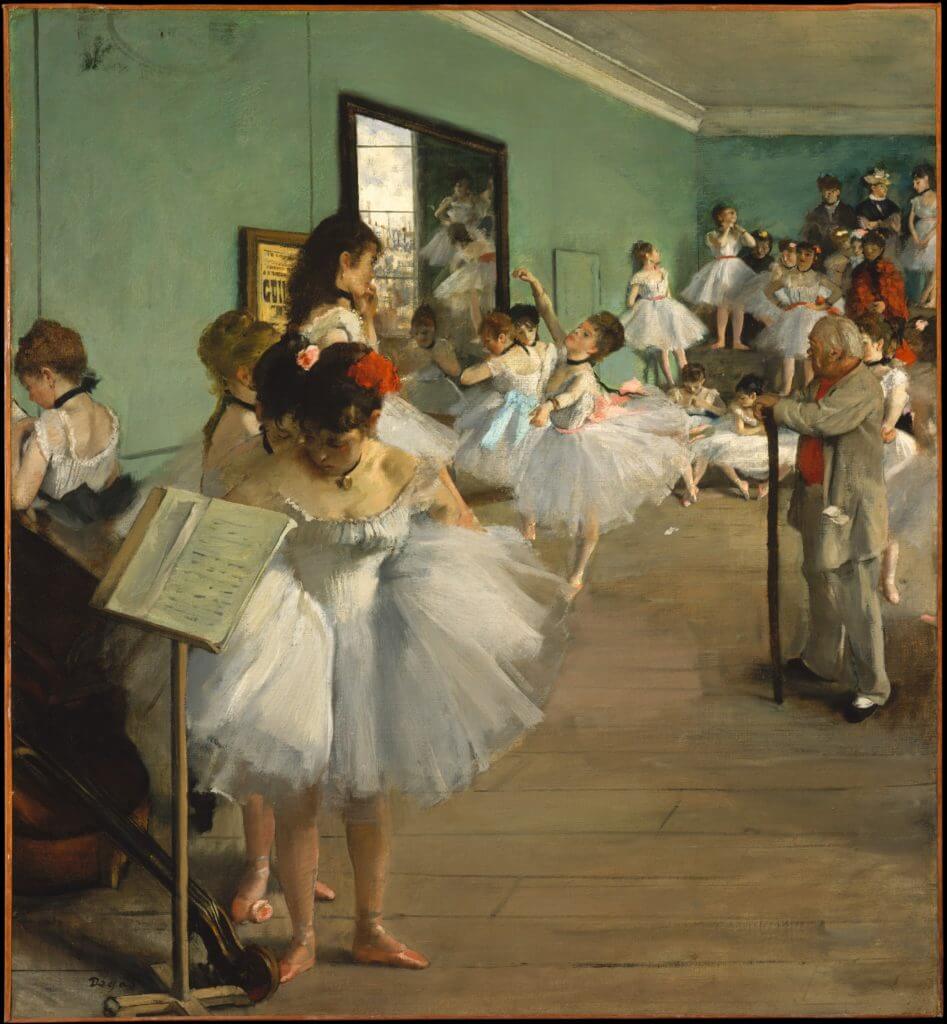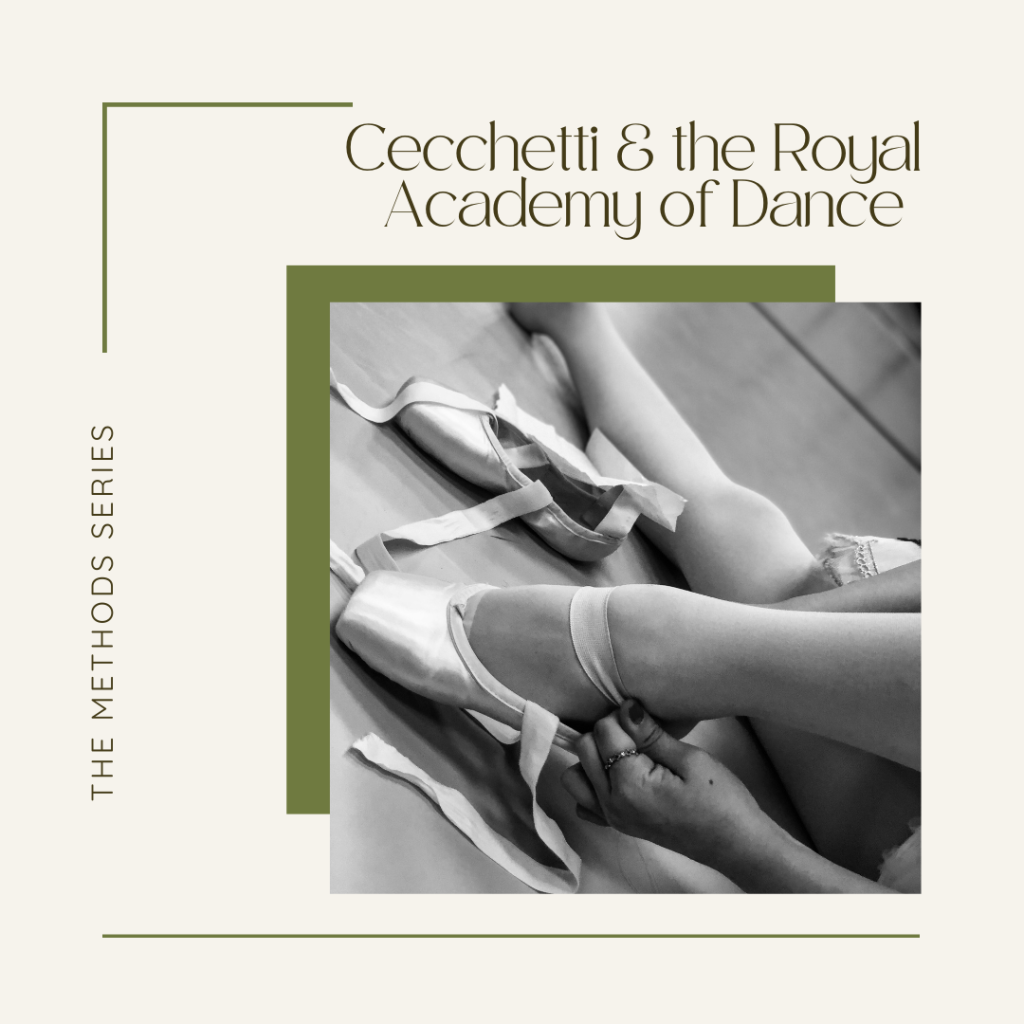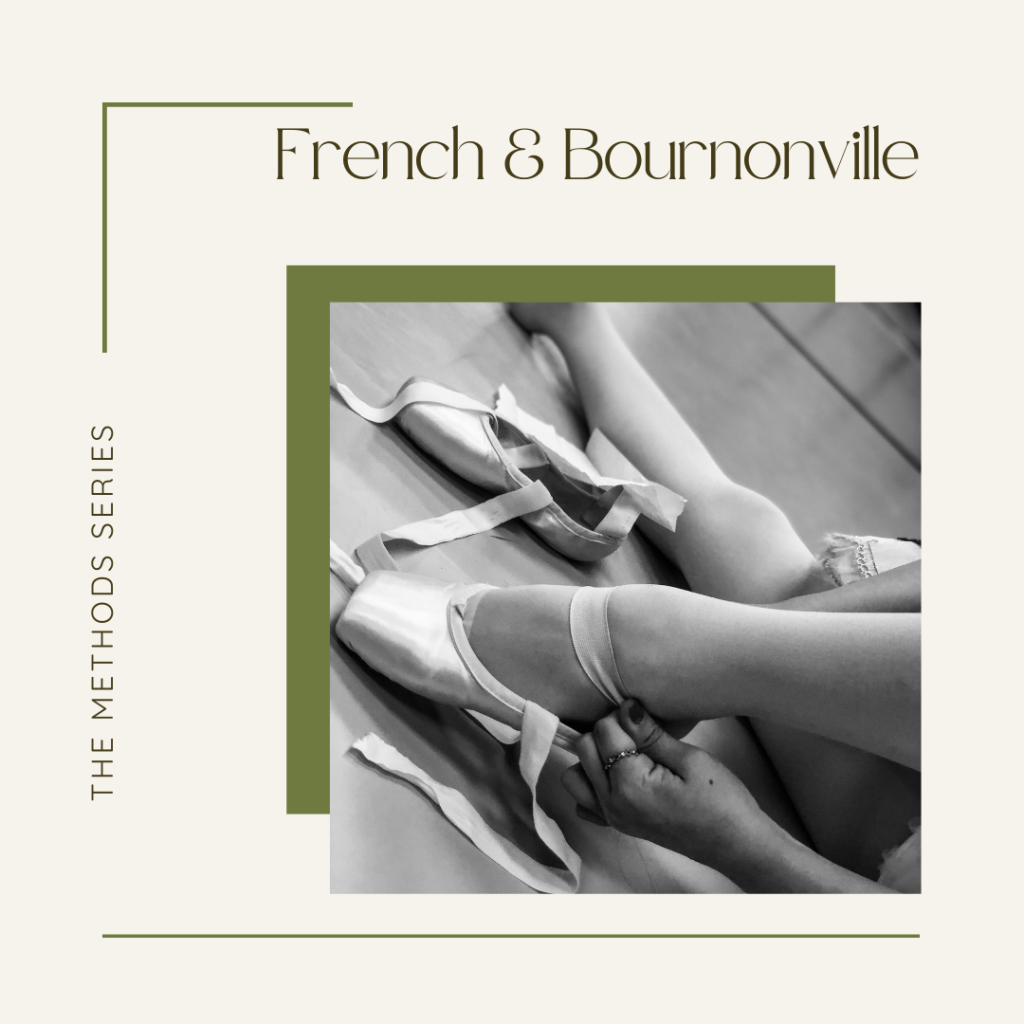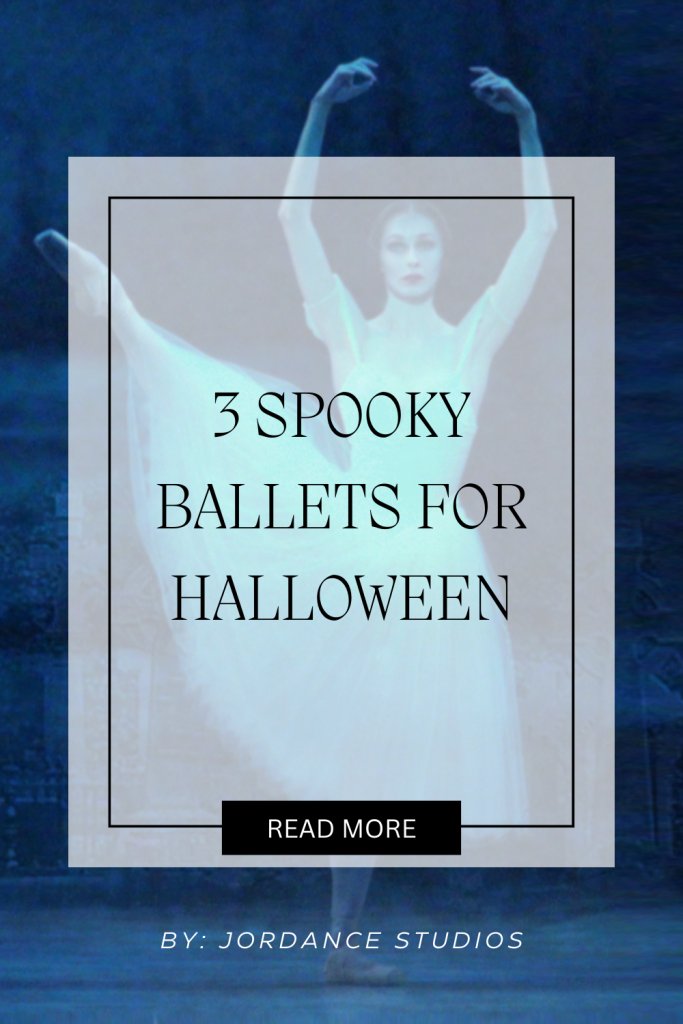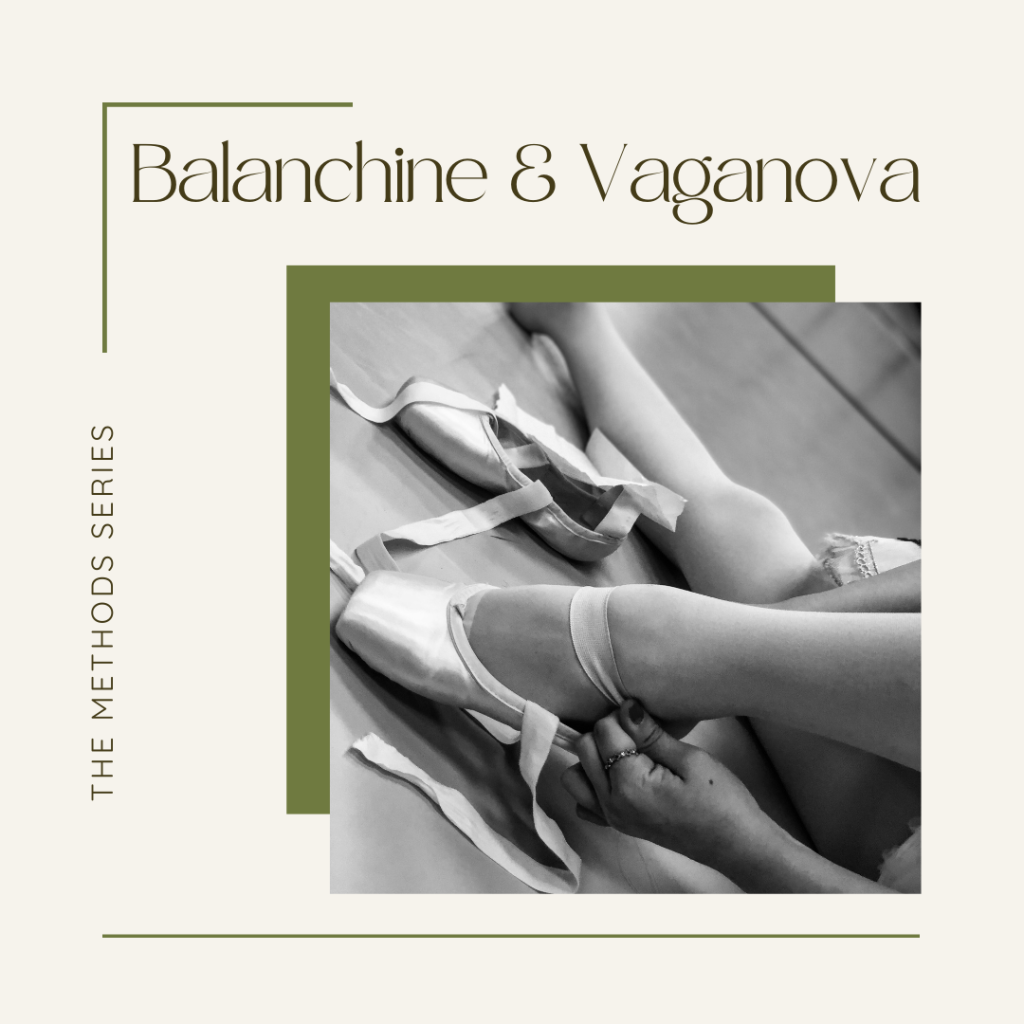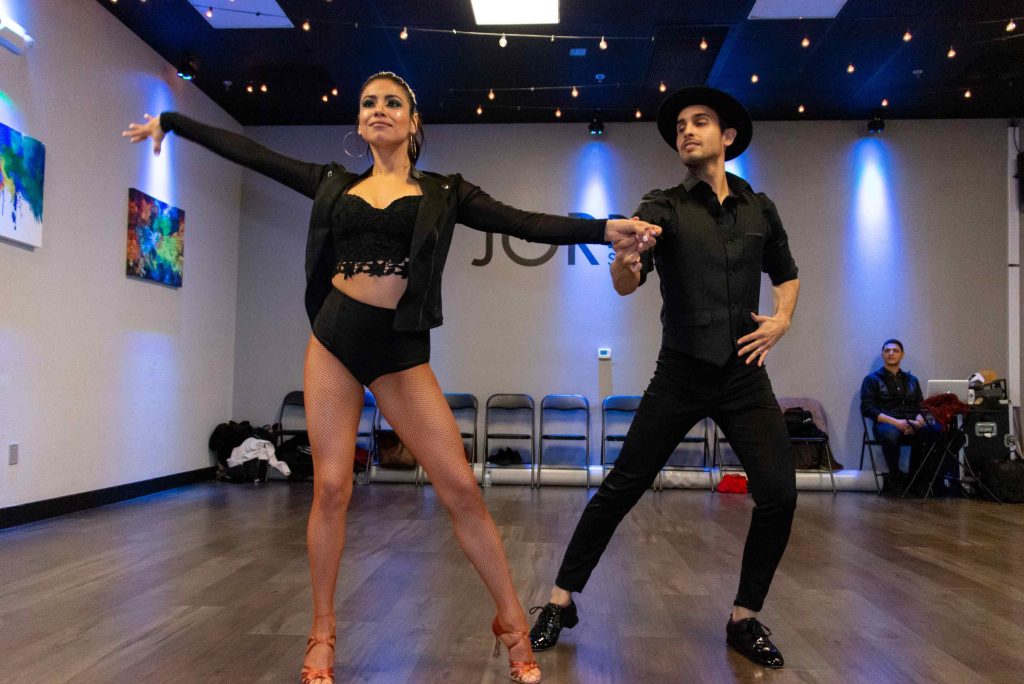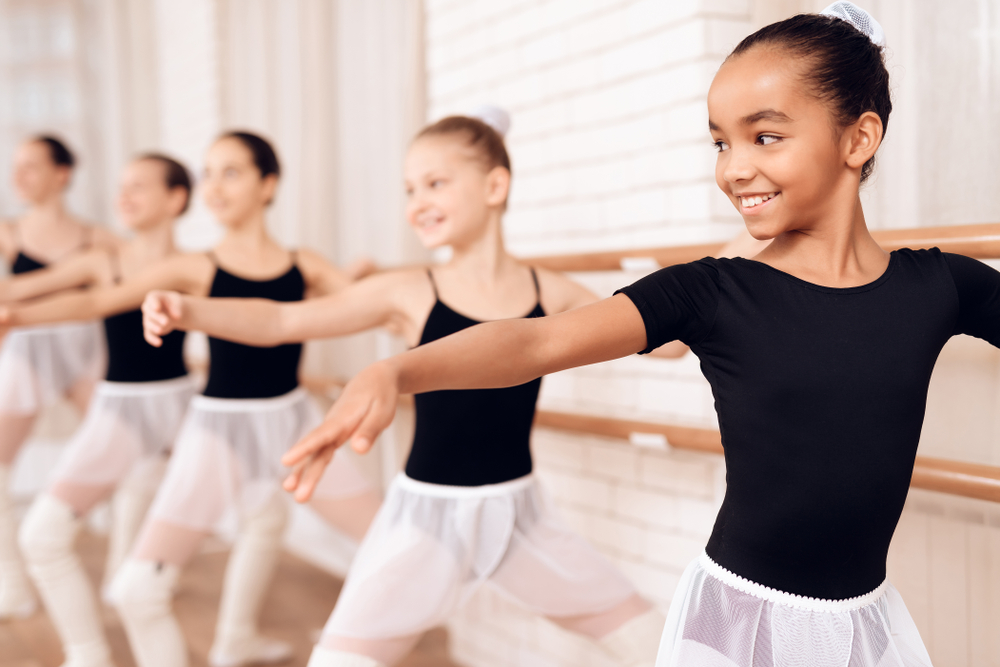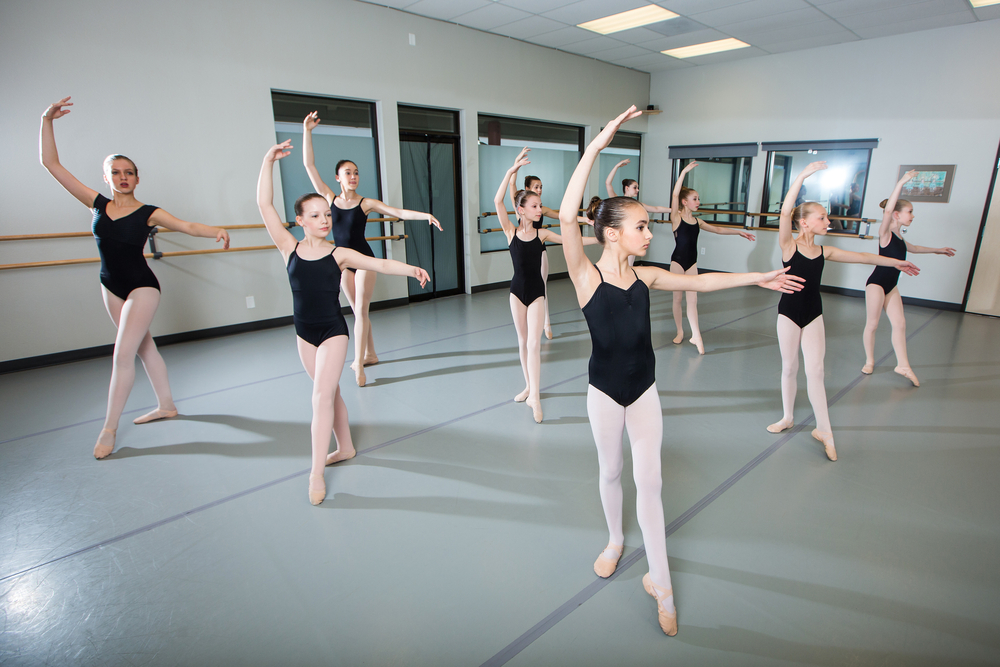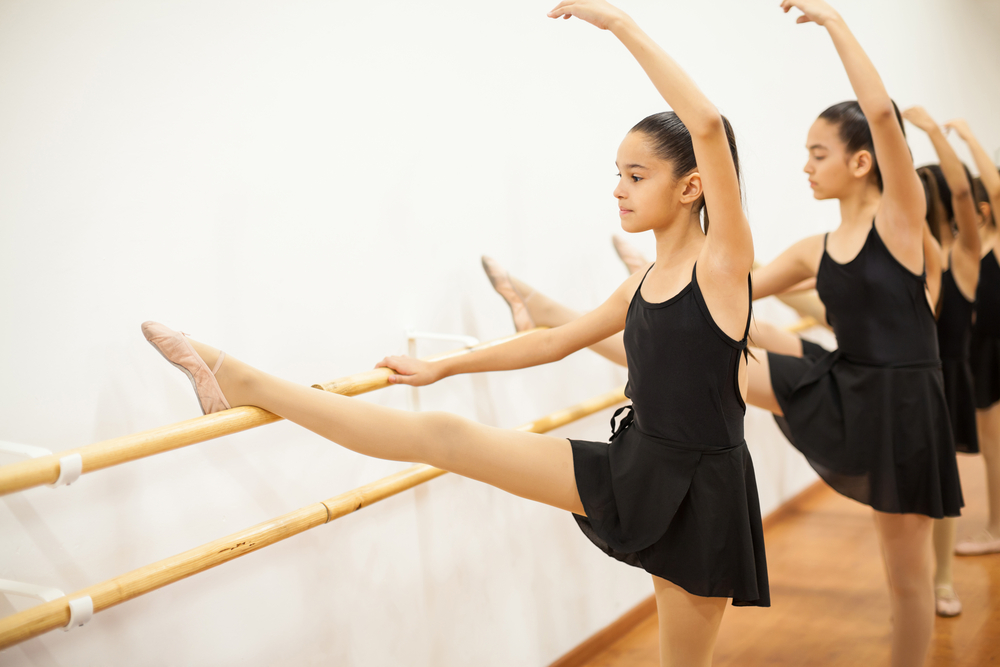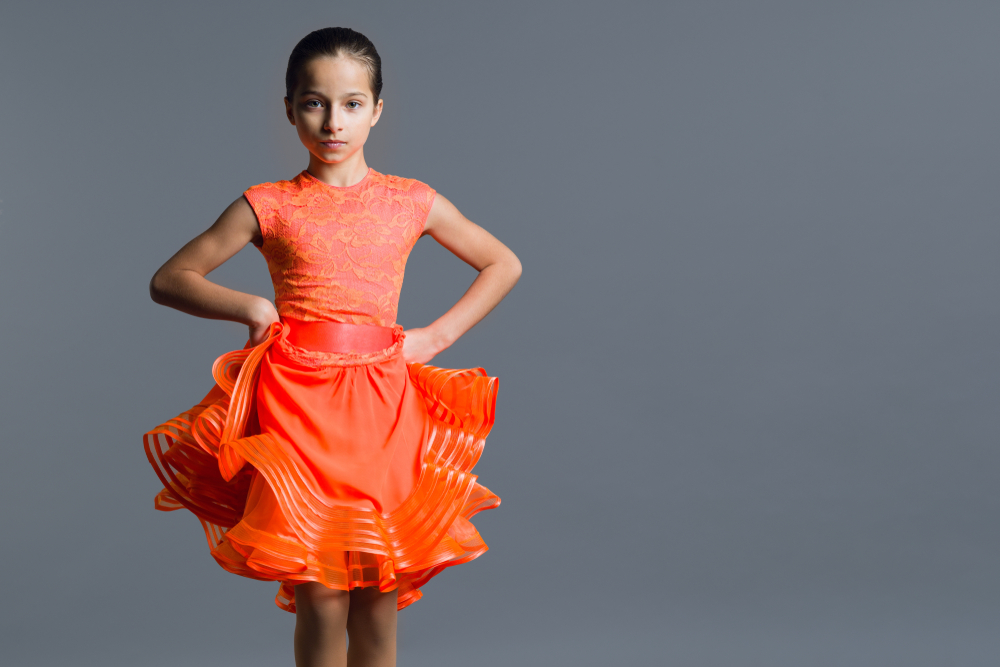The Dance Class, by Edgar Degas, Metropolitan Museum of Art. Retrieved from PICRYL.
Dance teachers will often claim that ballet is the foundation of all dance styles. This is because it requires a specific understanding of how to move and control the body that is essential for learning other styles. Ballet training provides strength, discipline, agility, and grace that allows dancers to transition into other styles and become more versatile. Ballet history is a long tradition, marked by both preservation and change.
There are four main types of ballet:
- Classical
- Romantic
- Neoclassical
- Contemporary
As the art of ballet developed through the centuries, new styles and techniques emerged to create an extensive tradition, beginning with its origins in the Italian Renaissance courts.
THE ORIGINS OF BALLET HISTORY: THE ITALIAN RENAISSANCE
Ballet originated in the 15th century during the Italian Renaissance. During this time, ballet was a form of entertainment in the royal courts and the technique was only taught to nobles. Catherine de Médici, an Italian aristocrat, became Queen of France in 1547 when she married King Henry II. As the two courts merged, France court became the cultural epicenter for the art of ballet. The tradition peaked in France in the mid-17th century during the reign of King Louis XIV, who often participated in the performances that took place in French court.
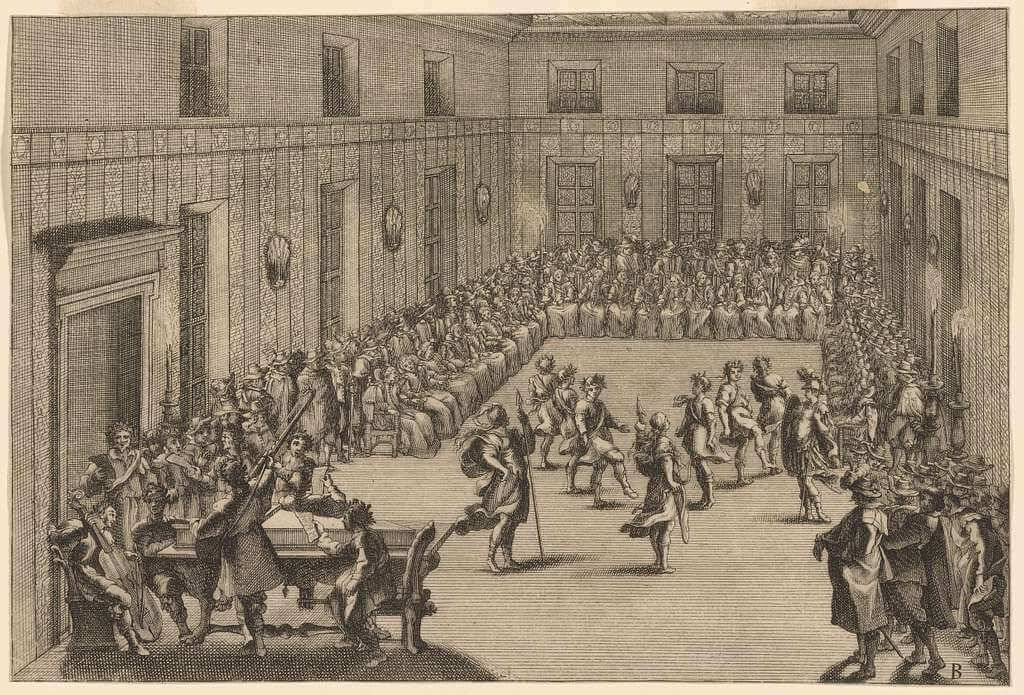
The Dance Class, by Edgar Degas, Metropolitan Museum of Art. Retrieved from PICRYL.
As the Italian Renaissance came to a close, ballet eventually began to disappear from the courts and Louis XIV established the Académie Royale de Danse in 1661. The establishment of the academy not only preserved the art of ballet and solidified its technique and terminology (which uses French language), but also initiated the transition from the courts to the stage and introduced it to a public audience. The dance academy became a supplement to the Académie Royale de Musique, which was established in 1669. Ballet became an important part of French opera, and these opéra-ballets became an even more respectable and distinguished art form, awarding notoriety to its performers and the ballet masters who trained them.
THE 18TH & 19TH CENTURIES: CLASSICAL & ROMANTIC BALLET
When you hear the word “ballet,” it is usually Classical ballet specifically that comes to mind: with very elaborate costumes and sets. These are often story ballets, meaning they tell a story and follow a narrative structure. Swan Lake, The Nutcracker, and The Sleeping Beauty are some of the most famous Classical ballets and emphasize classical technique: long lines, graceful movements, balance and symmetry onstage, Pointe shoes, and external rotation of the legs (turn out).
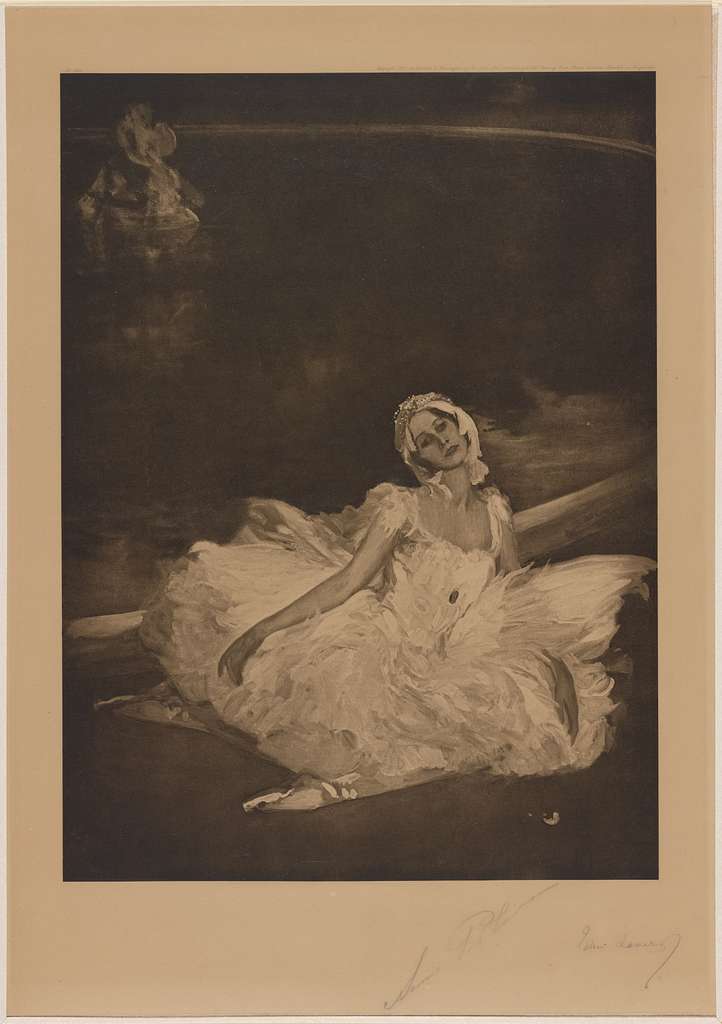
The Dying Swan, New York Public Library. Retrieved from PICRYL.
The Romantic Period began in the late 18th century and continued until the early 19th century. During these years, artists, writers, and philosophers began to reject classical aesthetics from the past, starting a new intellectual and artistic movement. Romantic themes include: appreciation for nature, emphasis on emotion over intellect and reason, and exploration of the self and of human nature and all its flaws.
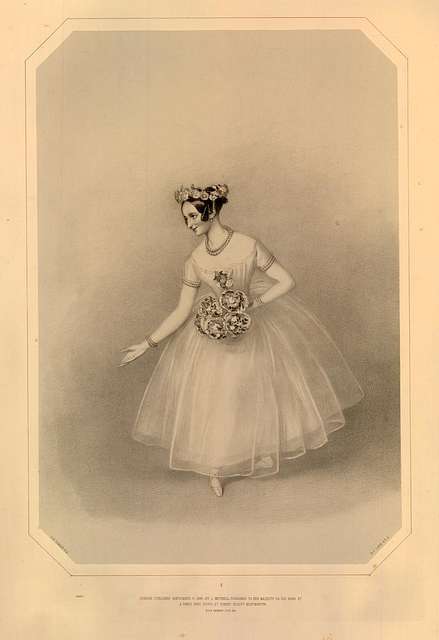
Marie Taglioni in La Sylphide, The British Museum. Retrieved from PICRYL.
During the Romantic Movement, ballet dancers began to embody new techniques and choreographers explored new themes and stories influenced by Romanticism. Romantic ballets are often tragic stories that involve supernatural elements, such as the sprites in La Sylphide and the ghosts in Giselle. These ballets have an ethereal, otherworldly quality about them that is more prominent than in earlier productions. Another main feature of this era is the long, flowing Romantic tutu versus the flat, pancake-shaped (and arguably more iconic) Classical tutu.
THE 20TH & 21ST CENTURIES: NEOCLASSICAL & CONTEMPORARY BALLET
The development of ballet in the United States in the 20th-century is widely accredited to choreographer George Balanchine, founder of the New York City Ballet. Balanchine was trained in Classical ballet, but expanded it by experimenting with the Classical aesthetics and narratives to create neoclassical ballet, a term that is literally defined as a “new” or “revived” form of the Classical style.
Whereas Classical style stresses external rotation and flowing, graceful movements, neoclassical ballet is often characterized by sharper energy, bigger movements, asymmetry and lack of balance, and internal rotation of the legs (turn in). Neoclassical productions are also often not story ballets and do not use elaborate sets and costumes. Instead, they are plotless, focusing on using movement rather than narrative, and productions are stripped-down with simple costumes and stage set-up. Examples include Balanchine’s Jewels (1967) and Jerome Robbins’ Dances at a Gathering (1969).
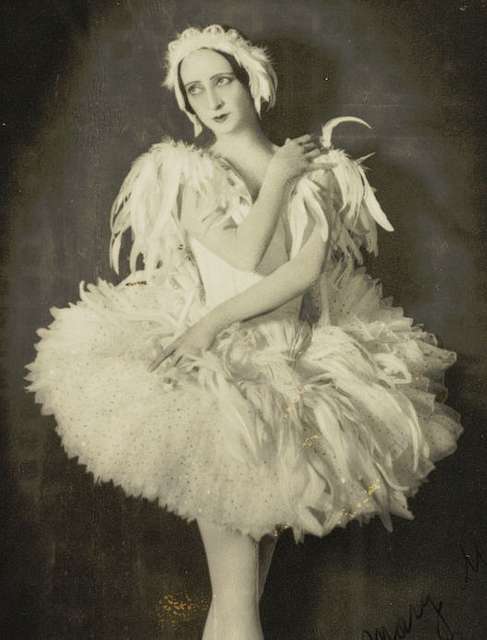
Alexandra Danilova in George Balanchine’s Apollo, Library of Congress. Retrieved from PICRYL.
Balanchine and neoclassical ballet helped to form a bridge between the old and new, as ballet eventually expanded even further into today’s contemporary styles. Like Neoclassical, Contemporary ballets are typically plotless with simple costumes. They also borrow from neoclassical style with even more exaggerated movements and skillful manipulation of Classical techniques to create a completely new style that opens up the ways in which dancers can express themselves as artists.
THE JORDANCE TAKEAWAY
This timeline is not a comprehensive ballet history, and the development of the art of ballet is also not a linear process. That is, ballet dancers did not simply abandon Classical technique at the turn of the century once they were introduced to Neoclassical and Contemporary ballet. Today, Contemporary and Modern are often important components of a Classical ballet dancer’s training because they help dancers learn to use their bodies in new ways to explore new shapes and movements, beyond the confines of Classical technique.

At Jordance, we always encourage our ballet students to explore, play, and experiment as thinkers and artists, and we provide space for them to do so. However, we believe that the best way to do this is to first provide a solid foundation in Classical technique, including learning ballet history. The most important way for a dancer to grow and evolve in their style is to bring it back to the basics of movement. From there, their movement and art can go anywhere, if they have an understanding of where it comes from.
SOURCES:
https://www.britannica.com/art/ballet
https://www.masterclass.com/articles/types-of-ballet-explained
https://www.masterclass.com/articles/balanchine-ballets
https://www.britannica.com/art/ballet/The-establishment-of-the-ballet-daction
https://www.pbt.org/learn-and-engage/resources-audience-members/ballet-101/brief-history-ballet/
https://www.pbt.org/learn-and-engage/resources-audience-members/ballet-101/what-is-ballet/
https://www.bostonballet.org/stories/the-four-major-styles-of-ballet/

